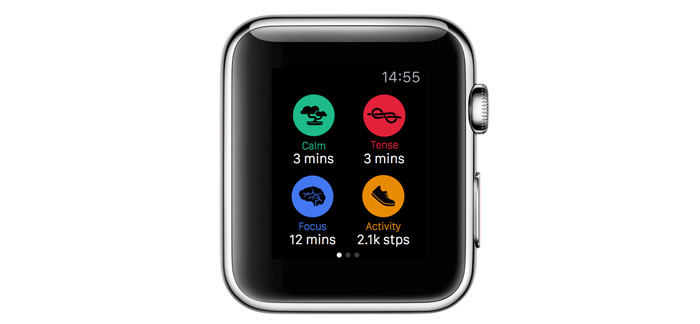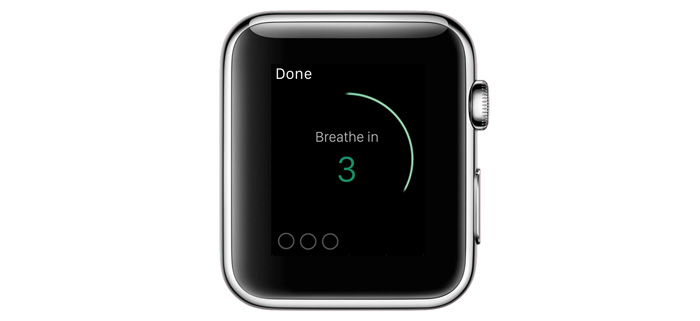3 things we discovered while making the Spire Apple Watch App
Jonathan Palley, Co-founder, Spire

For the past few months we’ve been working on an App for Apple Watch. As a “wearable” that focused on tracking the 85% of your day when you are not moving and isn’t worn on the wrist, Spire is a perfect complement to the Apple Watch’s functionality.
Here are 4 things we discovered while making the Spire App:
1. It’s all about notifications.
By putting notifications right on your wrist—and demanding short and quick interactions, the Apple Watch will change the conversation we have with technology. Users will not only demand higher value from notifications, but also expect the most helpful information to be immediately available to them.
And this is good for the health tracking industry because it’s no longer about “tracking”. Instead, designing for the Apple Watch means tracking serves the purpose of providing interventions or other types of interactions through notifications.
We know this works. Spire’s main form of interaction is through notifications (such as reminders sent to users when the device senses they are tense). We’ve seen that the more notifications Spire sends, and the more value they provide, the less interested people are in the “tracking” aspects of our product. We’ve also seen that the results are more impactful. For example, 75% of the time we’ll notice a distinct change in behavior immediately after sending a notification. Tracking rarely has that strong and direct of an impact.
For the first time, we can stop worrying about missed notifications because they’re going directly to the user’s wrist and users don’t need to interrupt what they are doing to dig out a screen buried in a pocket or bag.

2. HealthKit will be put to the test.
Most serious activity tracking users integrate with other tools such as MyFitnessPal or an employer wellness program. HealthKit is going to be the API through which Apple wants this data to be synced. For Apple Watch users, it’s also likely the only way to get their data off the device. This will force developers to actually start using HealthKit.
For Apple, this is a way of “seeding” HealthKit with additional health data that may be useful to developers, beyond the step count provided by the M7/M8 motion coprocessors found on its popular iPhones. We will see if this is the push that HealthKit needs to get off the ground.
3. Apple is serious about creating a platform for health
While we are biased by the fact that so much of Apple’s vision for the Apple Watch aligns with what we are doing, what’s clear to us is that HealthKit, ResearchKit and the Apple Watch are not individual initiatives but rather a cohesive and well thought out strategy. Apple Watch is going to drive the use of HealthKit. HealthKit feeds ResearchKit additional health data. And the Apple Watch’s major interaction–contextual notifications–opens totally new digital health possibilities through real-time interventions.